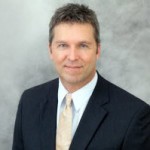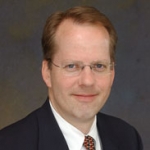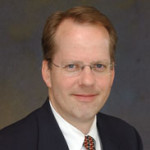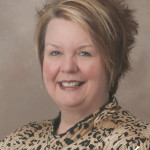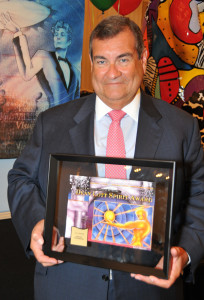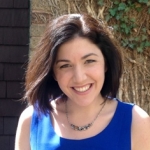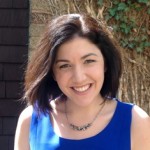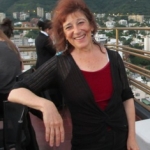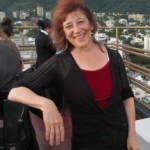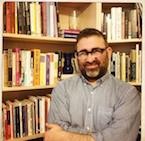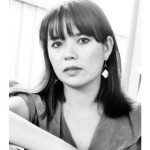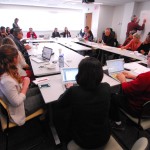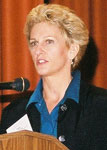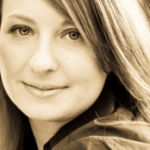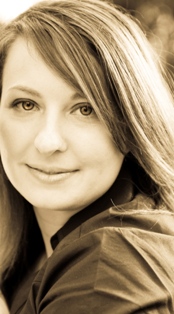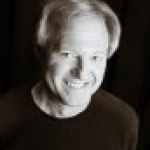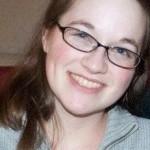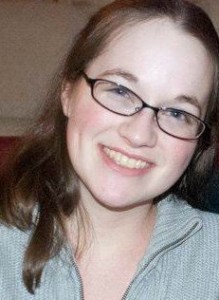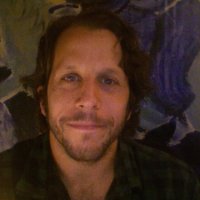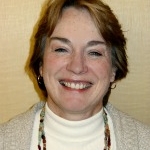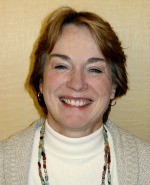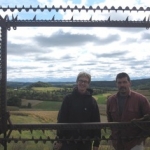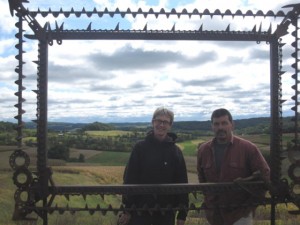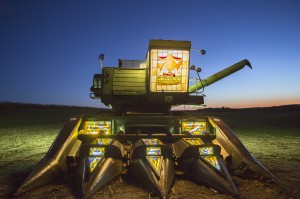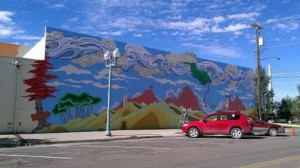
Mr. Earl F. Bosworth, IV
The Proof is in the Pudding
Posted by Aug 15, 2014

Mr. Earl F. Bosworth, IV
Panels and symposiums don’t normally draw large crowds, at least not like live music and marching bands do.
So, when members of a select panel spoke recently at the NSU’s Museum of Art │Fort Lauderdale during a very unique symposium hosted by Broward Cultural Division, it was successful within itself that a crowd of more than 100 attendees arrived, including many from Broward’s Latin American and Caribbean communities.
They came to hear experts speak on the impact of creativity in their respective regions.
In attendance were Consulate representatives from St. Lucia, Jamaica and Peru, along with Broward County Commissioner Dale V.C. Holness, a huge proponent for diversity and supporting the minority Latin American and Caribbean demographic in Broward County. Holness opened the symposium with remarks that cited Broward County’s creative sector’s growth in the last six years at 57 percent, during a period of national depression. He also brought to light the demographics of Broward County which show a Hispanic population of 26.5 percent, Black and African-American population of 27.9 percent, and a white population of 41.9 percent - making it a Minority-Majority County. These demographics signify the importance of recognizing, measuring, and supporting the arts and cultural wealth that lies here.
Read More
